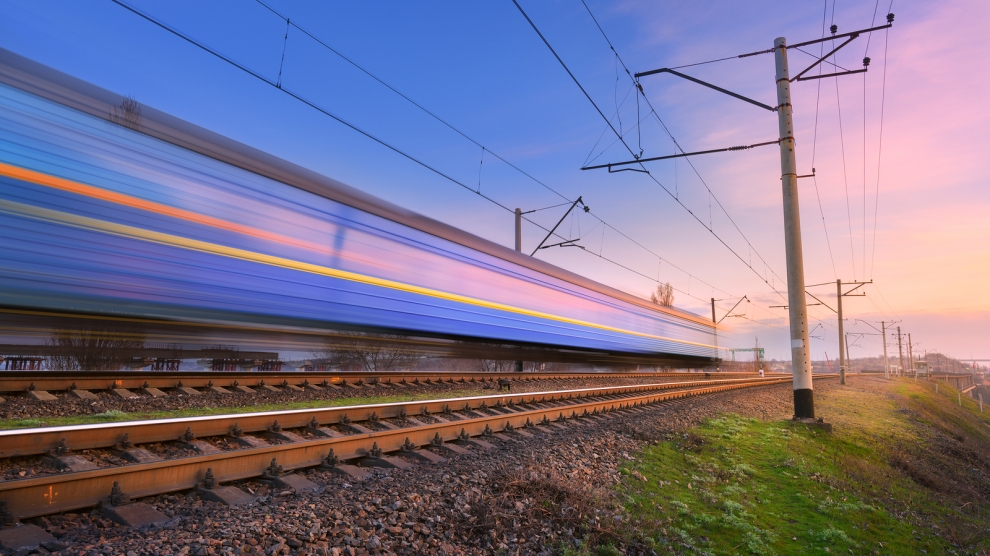The presidents of Azerbaijan, Georgia and Turkey jointly launched a new rail link on October 30, connecting the three countries and in the process creating a freight and passenger line from Central Asia to Europe which bypasses Russia.
More than one billion euros has been spent on the new link, which includes over 100 kilometres of new track. The primary source of funding was Azerbaijan’s State Oil Fund.
The 826-km (513-mile) railway project, connecting Azerbaijan’s capital Baku with the northeastern Turkish province of Kars via Tbilisi was launched in 2007. Construction began in 2008. The line has the capacity to transport one million passengers and 6.5 million tons of freight per year. Capacity is expected to rise to three million passengers and 17 million tons of freight by 2034.
Georgian President Giorgi Kvirikashvili, standing alongside his Turkish and Azerbaijani counterparts Recep Erdogan and Ilham Aliyev said the project was a “bridge between Asia and Europe.”
“This line will tie economies and people together,” Mr Kvirikashvili declared. “Today, a new Eurasian bridge is being put into operation. The project will add impetus to tourism and create new jobs.”
The European Union heralded the opening of the line as a major step in transport interconnections linking the European Union, Turkey, Georgia, Azerbaijan, and Central Asia.
“The European Union welcomes the new rail corridor which, coupled with investments, improved infrastructure and logistics coordination will provide better connectivity, new business opportunities and increased trade. This is at the heart of its Eastern Partnership as well as of its Central Asia strategy,” read an EU statement.
“The European Union has always supported projects aiming at improving connectivity with its neighbouring partner countries. With further improvements of transport links between Turkey and Bulgaria as well as between Azerbaijan and Central Asia, this project will provide fast and reliable land connection between Europe and Asia along the ancient Silk Route.”


Add Comment